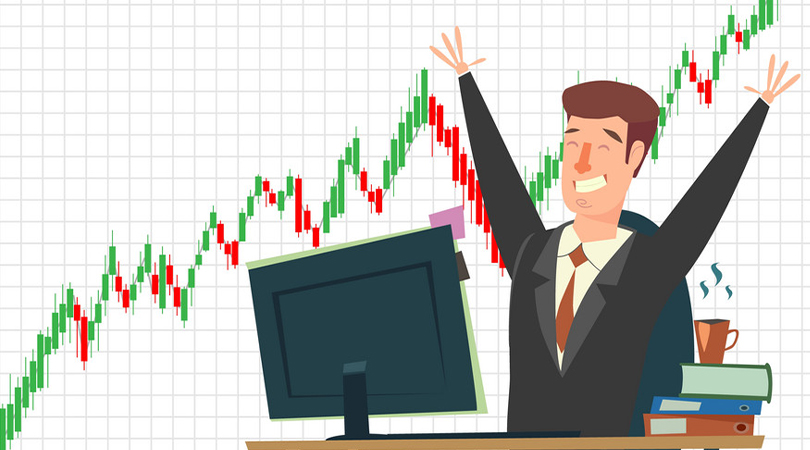
What is an MIT or market-if-touched order?
There is an order that we call market-if-touched or MIT. As its name suggests, this conditional order becomes a market order if it touches a specific price, and it does not matter if it is just a short period. When using the MIT order, the broker should wait for the security to touch a particular level before purchasing the asset. Sell MIT orders trigger a market sell order as the security touches the sell price. The price gets specified for market order deployment. However, note that the order’s actual fill price will always depend on the liquidity. These market orders will take any price, provided that they are triggered.
What happens in MIT orders? Investors can buy or sell securities at the price they want without constantly monitoring the market. Its characteristics are very similar to stop orders. The only thing that makes them different is that MIT orders’ buy and sell action is done oppositely. For instance, buy stop orders get triggered when a security’s market value exceeds the specified level. On the other hand, buy MIT orders look for asset prices to decline.
What are the strategies we can use?
Many things can happen in the market. But the good this is that MIT is made so traders can take advantage of these sudden price changes. From most people’s experiences, it is best to combine MIT orders with stop or limit orders. They can handle all situations, whether you want to buy or sell shares depending on the trigger price. Let us cite two scenarios.
First, if you are a short-term trader, you will most likely wait for the price to touch a key support level before entering a long position. Hence, you can enter an MIT buy order at a support level so that the market purchase will automatically be sent as the price touches the support level. If it does not, the order will not be triggered. If this happens, there will be no trade. On the other hand, if you are one of the long-term investors, you might wait for the price to touch a price that may be undervalued. So, you can place an MIT order at that price to trigger a buy order automatically once the price reaches a price level considered as undervalued.
Looking at these two scenarios, we realize the importance of fundamental and technical analysis when working with MIT orders and setting key prices. Upon reaching the price, the market order gets executed. This is helpful with people who look at multiple opportunities or those who cannot manually execute trades quickly.
Final reminders
MIT orders trigger market orders upon reaching a specified price level. They are typically used when buying a falling price and selling a rising stock. Finally, there are slippage risks. Slippage refers to a situation where you get a price that is not the same as what you expected on orders. We all know that market orders are more prone to this than limit orders. If slippage happens, the fill price might be more terrible than what was expected.



